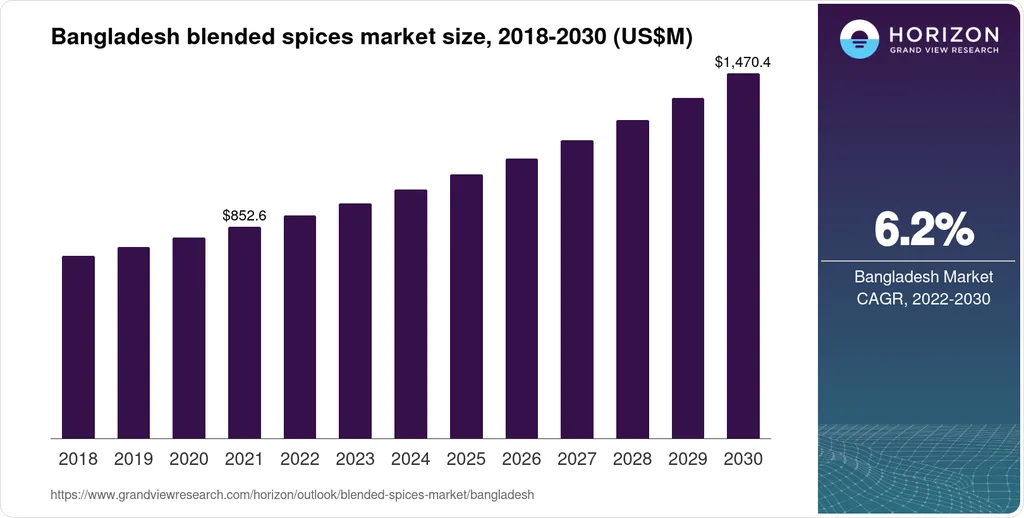In the bustling heart of Dhaka, Bangladesh, a groundbreaking dataset is set to revolutionize the global spice industry. Md. Noushad Jahan Ramim, a researcher from the Department of Computer Science and Engineering at the University of Asia Pacific, has curated a comprehensive visual dataset named SpiceSpectrum, featuring 11,000 high-quality images of 11 commercially valuable spice cultivars. This dataset, published in the journal Data in Brief (which translates to “Short Reports” in English), is poised to transform spice classification, quality assessment, and trade monitoring through advanced machine learning and computer vision applications.
The SpiceSpectrum dataset includes images of Black Pepper, Cardamom, Cinnamon, Cloves, Coriander, Cumin, Ginger, Nutmeg, Paprika, Saffron, and Turmeric. These spices were selected for their significant economic value, medicinal properties, and widespread use in global cuisines. The images were captured under diverse conditions in Bangladesh, showcasing various lighting scenarios, backgrounds, natural textures, packaging styles, and multiple angles to mirror real-world settings. Each spice is represented by 1000 images, stored in a standardized 512 × 512 pixel resolution in JPG format, ensuring consistency and ease of use.
“This dataset is a game-changer for the spice industry,” says Ramim. “By providing a robust and diverse visual dataset, we aim to facilitate machine learning and computer vision applications that can enhance spice recognition, classification, and quality assessment. This will not only streamline agricultural analysis but also improve trade monitoring and culinary arts.”
The implications of this research are vast. For the energy sector, which often intersects with agricultural supply chains, the ability to accurately classify and assess spice quality can lead to more efficient logistics and reduced waste. As the global demand for spices continues to grow, the need for advanced tools to manage and monitor these valuable commodities becomes increasingly critical.
Ramim’s work highlights the potential for AI-driven tools to revolutionize the spice industry. “Our goal is to advance research and innovation in this field,” he explains. “By providing a comprehensive dataset, we hope to inspire new applications and solutions that can benefit farmers, traders, and consumers alike.”
The SpiceSpectrum dataset is a testament to the power of interdisciplinary research, combining computer science, agriculture, and culinary arts to create a resource that can drive significant advancements in the spice industry. As the world continues to embrace digital transformation, datasets like SpiceSpectrum will play a pivotal role in shaping the future of agriculture and trade.

